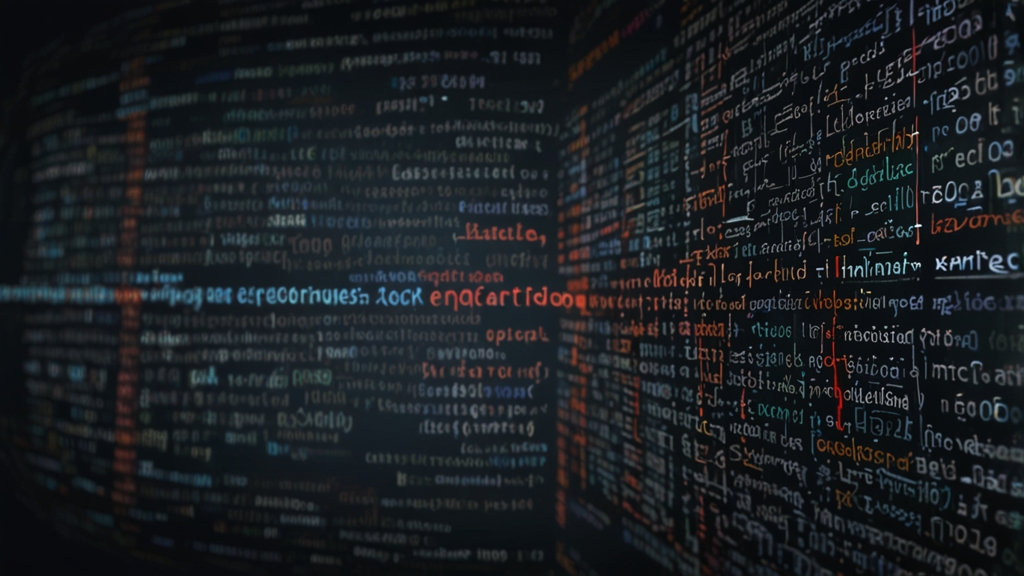The Cold War in the Digital Age: Legacy and Modern-Day Implications
The Cold War, a period of geopolitical tension between the United States and the Soviet Union that lasted from the end of World War II until the early 1990s, has left a lasting legacy that permeates various aspects of modern life. As we transition into the Digital Age, the influence of this prolonged period conflicts can be observed in the realms of technology, cyber warfare, and international relations.
Technological Advancements Born from Rivalry
One of the most significant legacies of the Cold War is the rapid advancement in technology. The fierce competition between the US and the Soviet Union spurred numerous innovations. One notable example is the space race, which led to significant breakthroughs in aerospace technology. These advancements have since fueled developments in satellite communications, GPS, and even the internet.
"Without the intense competition of the Cold War, it is uncertain whether humanity would have reached the moon as quickly as it did. The race to demonstrate technological superiority pushed boundaries and accelerated progress in ways that continue to impact our daily lives."
Furthermore, Cold War-era advancements laid the groundwork for the Digital Age. The development of early computers and the internet can be traced back to military-funded research aimed at gaining technological superiority. Today, the descendants of these technologies are integral to almost every aspect of modern society.
Cyber Warfare: A New Frontier
As the Cold War faded into history, its tactics have evolved, and new forms of warfare have emerged. Cyber warfare, a modern take on espionage and sabotage, is now a critical dimension of international conflict. The Cold War's legacy of intelligence gathering and covert operations has found a new home in the digital realm.
Both state and non-state actors engage in cyber-attacks to steal information, disrupt infrastructure, and influence elections. This new form of conflict is less visible than traditional warfare but can be just as disruptive. The Stuxnet virus, allegedly developed by the United States and Israel to sabotage Iran's nuclear program, exemplifies how digital tools are now wielded for strategic purposes.
"In a world where information is power, cyber warfare has become the battleground of choice. The lessons learned during the Cold War about intelligence, secrecy, and technological dominance are more relevant than ever."
Modern-Day Implications for International Relations
The Cold War has indelibly shaped modern international relations. The dichotomy between the US and the Soviet Union established a framework of alliances and enmities that persists today. NATO, originally formed as a counterbalance to Soviet power, continues to be a significant force in global politics. Additionally, countries like Russia, which emerged from the Soviet Union, still grapple with their Cold War legacy.
The ideological battle between democracy and communism during the Cold War has given way to a more complex multipolar world where technology plays a central role. Nations now often find themselves engaged in a digital Cold War, where control over information and technology can determine geopolitical influence.
Moreover, the Cold War's emphasis on propaganda has evolved into modern-day issues of misinformation and fake news. The techniques developed for psychological operations and public influence have been repurposed in the digital age to sway public opinion and destabilize societies from within.
In conclusion, the Cold War has left a profound legacy that continues to influence the present and future. Its impact is evident not only in technological advancements and the digital battlefield of cyber warfare but also in the intricate web of international relations and the ongoing struggle for information dominance. Understanding this legacy is crucial as we navigate the complexities of the Digital Age and its myriad challenges.










